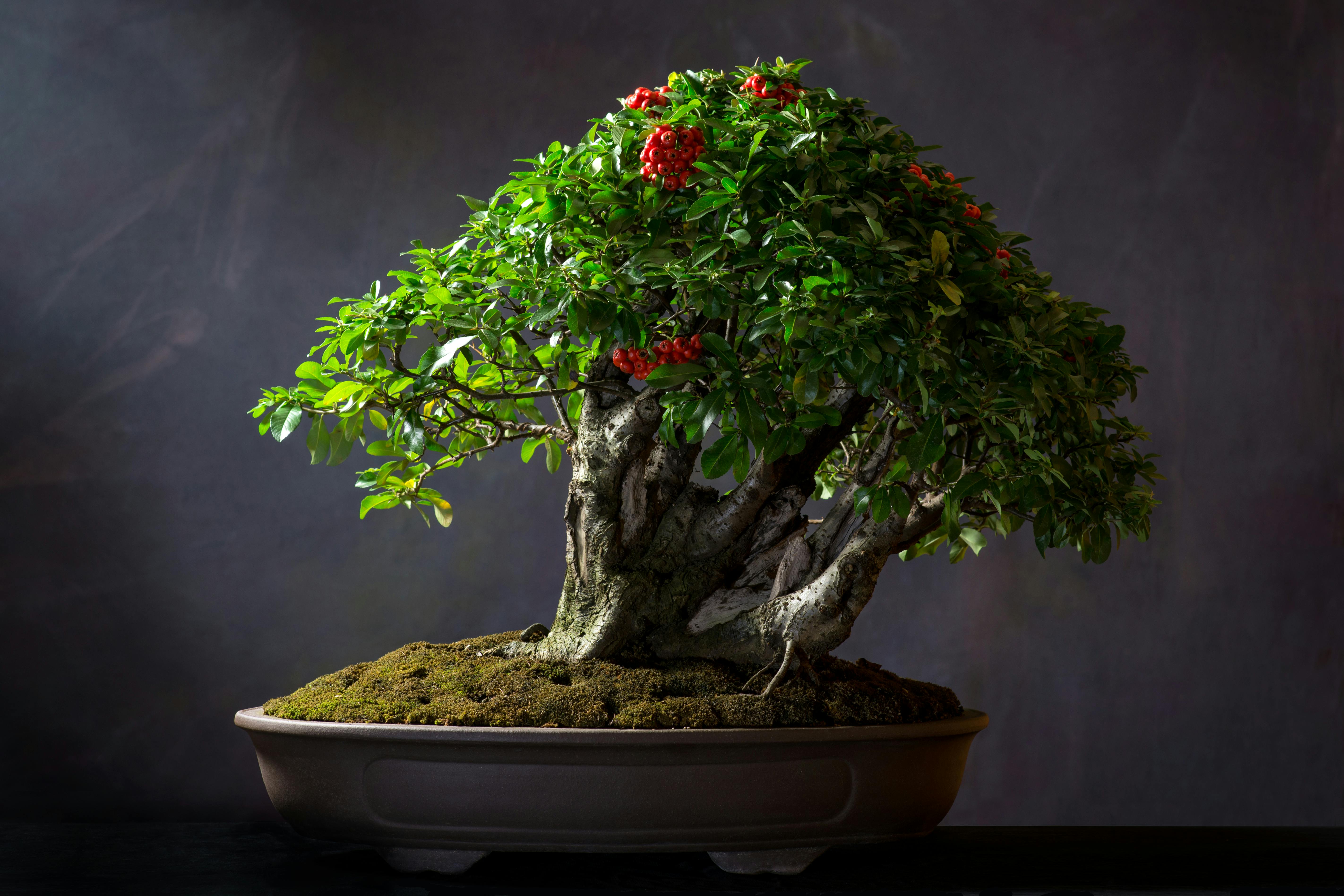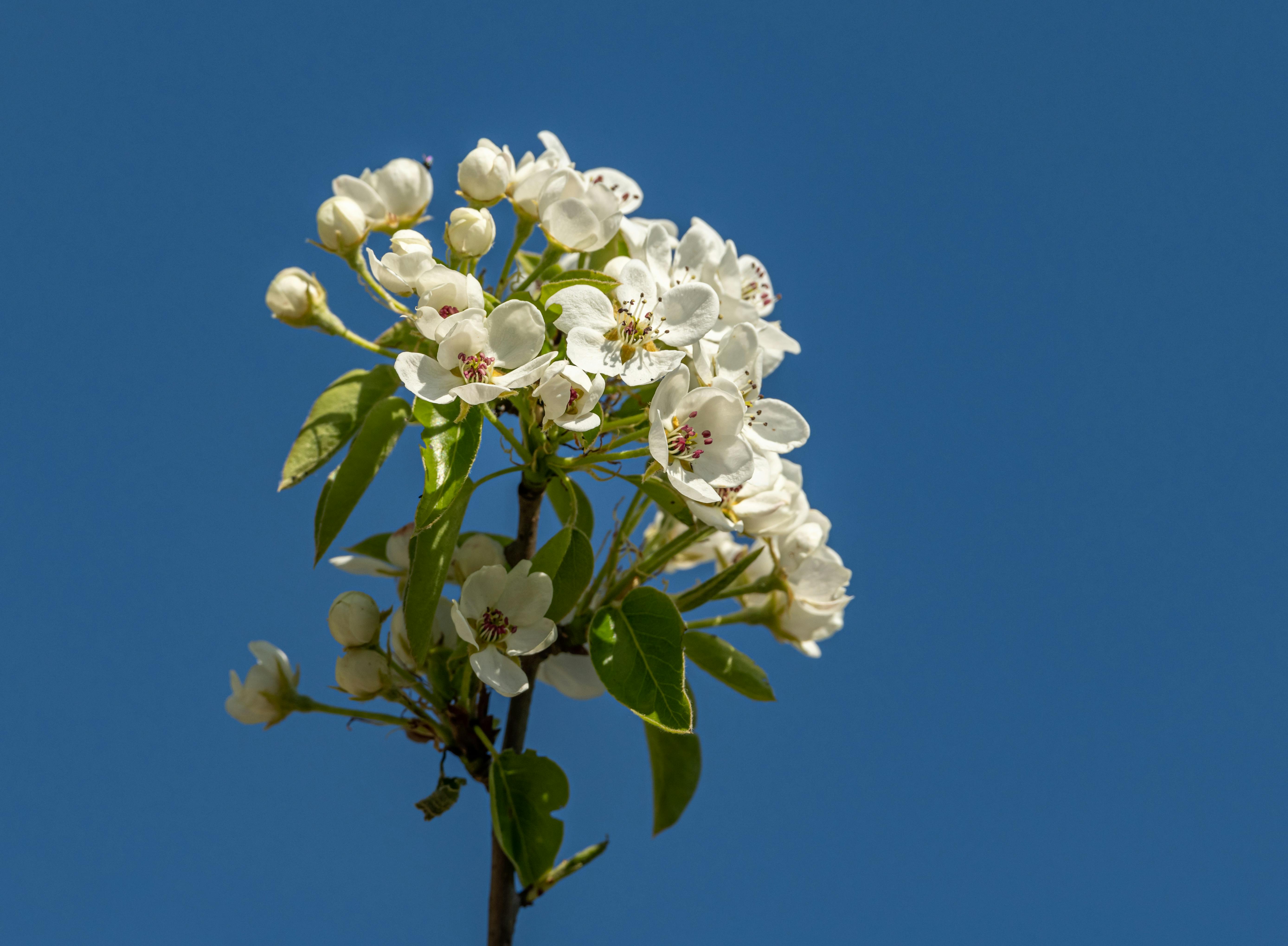Planting yam is a rewarding task that can yield a large crop if done correctly. With proper soil preparation, planting, and maintenance, you can ensure a successful harvest. This guide will provide you with all the necessary steps and information to get started planting yam.Preparing the soil for planting yam is an important step in ensuring a successful harvest. To prepare the soil, begin by cultivating the soil to a depth of about 8 inches. Remove any stones and weeds, and break up any clumps of dirt. Amend the soil with compost or other organic material to improve drainage and texture. Next, create raised beds or mounds in which to plant your yam tubers. These should be about 2 feet apart and 6 inches high with flat tops. Finally, water the beds thoroughly before you place the yam tubers into them. For best results, wait until after a rain shower to plant your yams so that they will have adequate moisture in the soil when you plant them.
Quality Yams for Planting
Yams are an essential part of many diets and a staple crop in many countries. Planting quality yams can have a major impact on the success of your harvest, so it is important to choose the right variety. Yams come in a variety of shapes and sizes, so it is important to research the type of yam that is best suited for your climate and soil type. Yams prefer warm climates and deep, well-drained soils, so they should be planted in areas that receive full sun and have plenty of air circulation. It is also important to choose varieties that are resistant to disease and pests, as well as those that are drought tolerant.
When selecting yam varieties for planting, it is best to start with local varieties that are well adapted to your climate and soil type. Local varieties will not only produce higher yields but also be more resistant to common diseases and pests. If local varieties are not available, you can purchase seed from online vendors or local nurseries. When purchasing seed, make sure you buy from reputable suppliers who provide high-quality seeds with reliable germination rates.
When planting yams, it is important to provide adequate spacing between plants to ensure good air circulation and reduce the risk of disease spread. Depending on the variety you choose, spacing can range from 12-18 inches between plants. It is also important to mulch around the base of the plants to keep weeds at bay and retain moisture in the soil. Additionally, applying fertilizer regularly will help ensure healthy growth and increase yields.
By taking the time to research different yam varieties and planting them correctly, you can ensure a successful harvest each year. Quality yams require proper care throughout their growing season but with a little effort you can enjoy healthy yam crops for many years to come!
Buy Seeds or Tubers for Planting
When looking for plants to add to your garden, you have two main options: buying seeds or buying tubers. Both have their advantages and disadvantages, so it’s important to consider what type of plants you want and how much time and effort you are willing to put in.
Seeds are often the more affordable option and can be bought in a variety of sizes, from single packets to bulk bags. They are also easier to store than tubers. On the downside, growing from seed takes time and patience as some plants can take months to germinate, whereas tubers can be planted directly in the ground and begin sprouting within days.
Tubers are a great option if you want an instant result as they tend to grow faster than seeds. They can also produce larger fruits or flowers than those grown from seed. However, they can be more expensive and require more space for planting as they tend to spread out more once established.
Whichever option you choose for your garden, make sure that you buy high-quality seeds or tubers from a reputable supplier so that you get the best results possible. With the right care and attention, both seeds and tubers can bring a beautiful array of plants into your garden!
Planting Yams in a Shaded Area
Yams are a starchy root crop that is easy to grow in various types of soil. They are also well suited for growing in shaded areas. When planting yams in a shaded area, it is important to select the right variety, prepare the soil properly, and provide adequate water and nutrients. Proper care and maintenance will result in a successful harvest of delicious yams.
To begin, it is important to select the right variety of yam for your climate and growing region. Different varieties have different requirements for temperature, sunlight exposure, soil type, and moisture levels. Choosing a variety that is suited to shade conditions will ensure that plants get the best possible start.
Next, it is important to prepare the soil properly before planting. To do this, add organic matter such as compost or aged manure to improve soil texture and increase nutrient content. It is also necessary to test the pH level of the soil and adjust it if necessary. A pH level between 6.0-7.0 is ideal for growing yams in a shaded area.
Once the soil has been prepared, it’s time to plant your yam tubers or slips. Plant them at least 6 inches deep in an evenly spaced row and cover with 2 inches of loose soil or mulch to help retain moisture and discourage weeds from taking over your garden bed. Water regularly during dry periods and mulch again as needed throughout the season for added protection from heat and drought stressors.
Finally, it’s important to provide adequate nutrients throughout the growing season. Use an organic fertilizer such as compost tea or fish emulsion every two weeks during active growth periods; this will help ensure healthy plants with abundant yields come harvest time!
By following these simple steps you can enjoy a successful harvest of delicious yams grown in your own backyard—even when planted in a shaded area!
Dig a Hole for Planting Yam
Digging holes for planting yams is relatively easy. Before you start digging, you should clear the area of any debris, rocks, and roots. This will ensure that your yam plants have a good place to grow without any obstructions. Once the area is cleared, use a shovel or garden spade to dig a hole that is 6-8 inches deep and about 12 inches in diameter. You may need to adjust the size of the hole depending on the type and size of yam you are planting.
After the hole is dug, mix some compost with the soil from the hole and fill it back in. This will help provide additional nutrients for your yam plants to grow healthy and strong. Make sure to firm the soil around the plant before watering it thoroughly. You can also add mulch around your yam plants to help keep moisture in and discourage weeds from growing. With proper care, you should have a thriving crop of yams in no time!

Placing Yam Tubers in the Hole
Yam tubers are a type of root crop that can be planted in the ground. It is important to properly prepare the planting hole before placing the yam tubers. The hole should be approximately twice as wide as the tuber and deep enough to cover it completely. The soil should be loosened in the hole, and then mixed with compost or manure to provide additional nutrients for the tuber. Once the soil mixture is prepared, place the yam tuber into the hole and cover it with soil. If multiple yam tubers are being planted, ensure that each tuber has enough space and is not overcrowded in order to promote healthy growth. After planting, water the soil well to ensure that the tubers have adequate moisture for germination and growth.
Cover Yam Tubers with Soil Mixture
Yam tubers should be planted in a soil mixture that is loose and well-draining, allowing the roots to access water and nutrients. Before planting, mix a combination of compost, peat moss, and coarse sand into the soil to provide a good environment for the tubers. The soil should be slightly acidic, with a pH of 5.5 to 7.0.
Once the soil is ready, place the yam tubers into the prepared garden bed or container and cover them with at least 3 inches of the soil mixture. Leave some space between each tuber for proper root growth. After covering with soil mixture, pat it down lightly to ensure that it is secure around the tuber and will not wash away when watered.
Water the yam tubers well after planting so that they are able to establish healthy roots in their new environment. Make sure not to over water as this could cause damage to the tuber and lead to rot or disease. Water regularly throughout the growing season once or twice a week depending on weather conditions.
When harvesting yams, use caution as they can be quite fragile when dug up from their soil mixture. Carefully dig around them and use your hands to gently loosen them from the soil before lifting them out of ground carefully so as not to damage them or expose any part of their root system.
With proper care and preparation, yam tubers can grow strong and healthy in a properly prepared soil mixture!
Water the Yam Plant Regularly
Yam plants need to be watered regularly in order to stay healthy and produce a good harvest. Yams require consistently moist soil and should be watered at least once every three days. When watering your yam plant, you should make sure that the water is evenly distributed around the plant, especially if it is planted in a pot or container. If you are growing yams in a garden bed, make sure that there is an adequate watering system set up to ensure that all areas of the bed receive enough water. To avoid over-watering, it is important to check the soil before each watering session to ensure that it is not already saturated. If necessary, you can use mulch around your yam plants to help retain moisture in the soil and reduce evaporation.
It is also important to water your yams at the right time of day. The best time to water your yam plants is in the early morning when temperatures are cooler and there is less sun exposure on the leaves. This will prevent too much moisture from evaporating quickly and help reduce stress on the plant. Additionally, you should avoid overhead watering as much as possible as this can cause water-borne diseases such as root rot or mildew. Lastly, be sure to always check for signs of overwatering or underwatering such as wilting leaves or yellowing foliage so that you can adjust your watering schedule accordingly.

Conclusion
Planting yam is an important part of the farming process. It is essential for ensuring a good yield and ultimately, a successful harvest. The key to successful yam planting is to prepare the soil correctly, choose the right variety of yam, and space the plants appropriately as they grow. Additionally, proper watering and fertilization are essential for ensuring the health of the plants. With careful preparation and attention to detail, anyone can produce a successful crop of yams.
Yam farming can be a rewarding endeavor with plenty of benefits. Not only does it provide an excellent source of nutrition for families, but it also provides an opportunity to learn about sustainable agriculture practices that will benefit both humans and the environment. By following these steps to plant yams carefully and correctly, anyone can become an expert farmer in no time.

